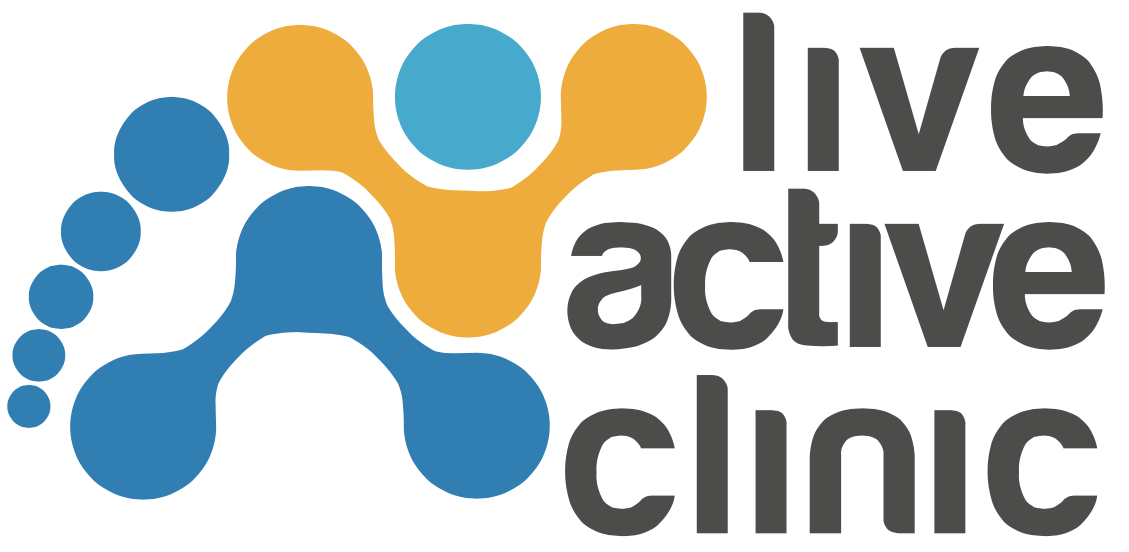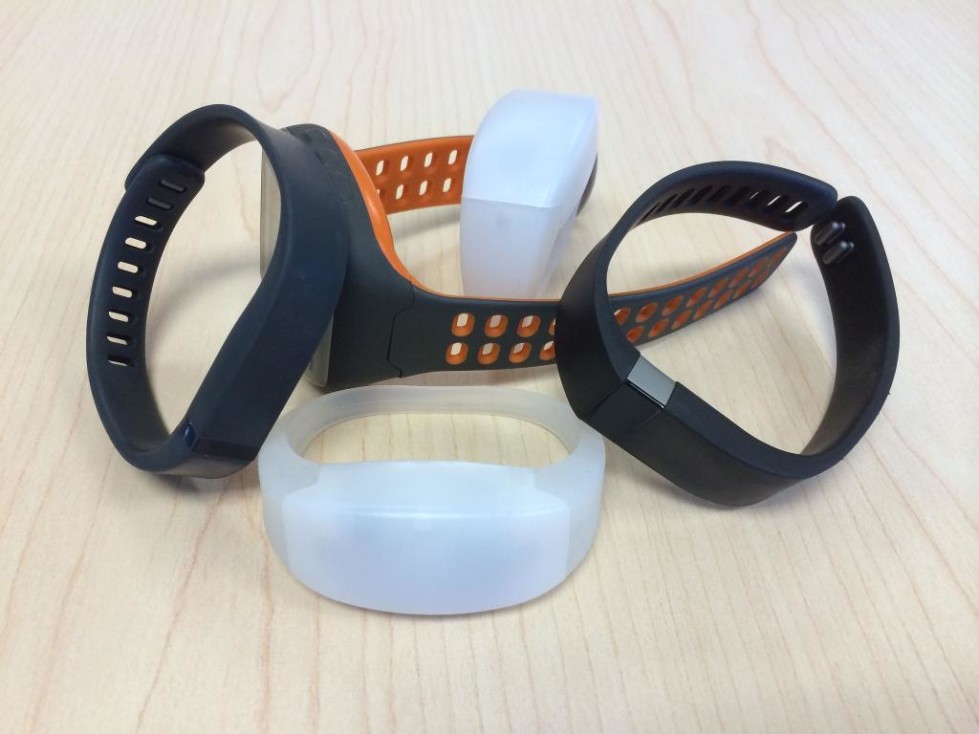A health wearable can show you some incredible information!
If you’ve heard of Apple’s upcoming smartwatch, you know something about the wearable revolution! While our smartphones used to be the most exciting pieces of software and hardware around, the new focus is on gadgets that can give us insight into our bodies and lives. With technology making huge advances in the world of health care, this is an exciting time for gadget lovers. There are a wide range of devices available to suit any budget, with abilities that will let you track your sleep, analyse your posture, stick to your step count or even make sure you aren’t sitting still for too long at a time!
We’ve been investigating some of the benefits of using a wearable, and this week we’re looking into the types of data that you can gather.
Sleep Tracking
Many of the wearables currently on the market such as the Fitbit, UP by Jawbone and Pebble Smartwatch allow you to monitor your sleep patterns and keep track of a huge amount of data. By syncing these devices to a smartphone, you can see how many hours of deep sleep you’re getting and often how much you move around during the night. This kind of information can show you how your diet, exercise and rest are having an effect on your sleep, and guide you to making some positive changes.
If you’re seeing continuous problematic patterns in your sleep, you’re not getting enough of it or you can’t maintain a good level of deep sleep, you can see a Chiropractor to find out if there are more complex physical issues at work. Often, sleep disorders can be related to problems with muscles or the spine.
Step Counts/Gait Analysis
This is one area that wearables have been very quick to explore. The level of data that you can gather and analyse is completely up to you. On the simpler end of the spectrum, most fitness wearables will track your step count and help you reach a steady goal each day. This can motivate you to run and walk more, as well as set clear limits and baselines.
If you want to go a little deeper, devices like the runScribe can be attached to your shoes to provide you with a more detailed gait analysis, from Pronation Velocity to Footstrike Type. You can talk through this data with a Podiatrist to increase your understanding of the way you move and keep your feet safely functioning!
Posture Management
New pieces of technology that are showing up now can be worn in the form of a belt and synced up with your smartphone to give you a visualisation of your posture and provide a vibrating alert when it isn’t healthy. If you struggle to sit and walk correctly, the LUMO belt might remind you of your parents nagging you to “stand up straight” – but it could be worth while!
Keeping Active
If you’re committed to Living Active, some of the current wearables will use built in accelerometers to track your time spent inactive. You can set devices like the UP24 to vibrate if you are stationary for 45 minutes or more. This is a great way to stay mindful and remember to move around, particularly if you work in an office. We’ve spoken before about how important it can be to get out of your chair regularly!
The most important thing to remember with these devices is that they can only provide you with information, not answers. If you’re using a wearable and the data is showing you that you aren’t sleeping well, you aren’t keeping mobile or your step count doesn’t match what it should be, you might be in need of a Podiatric or Chiropractic checkup. To help you Live Active, we can analyse your gait, correct your posture or examine your spine to make sure your body is syncing better than your new bluetooth gadget!
p: 02 8073 3337
e: info@liveactiveclinic.com.au



